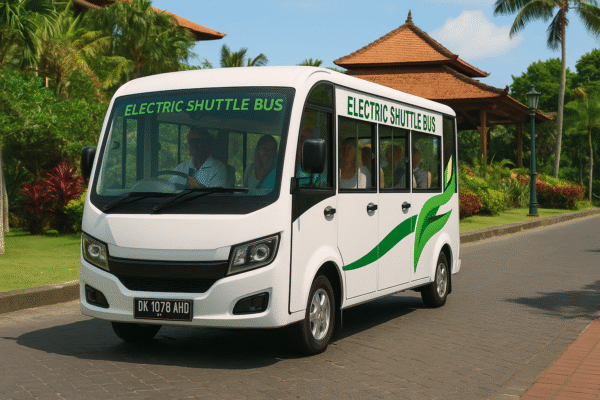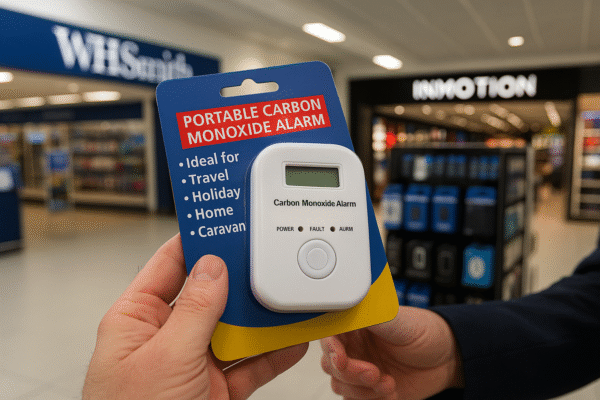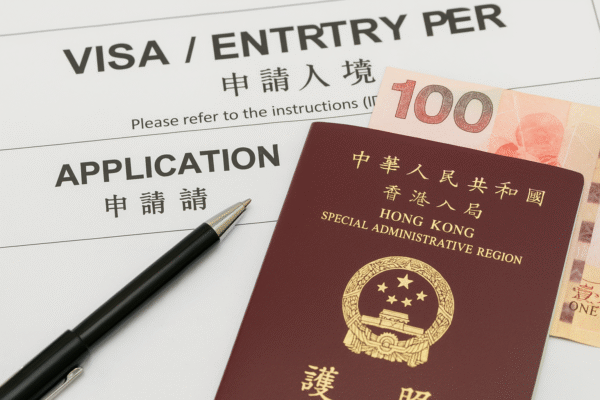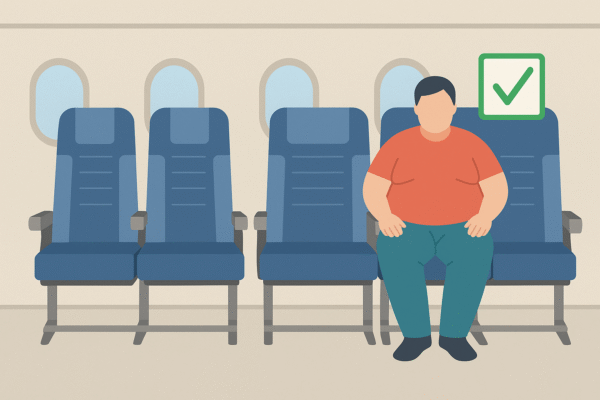The Transportation Security Administration (TSA) is launching a game-changing initiative set to redefine how travelers experience airport security across the United States. With the nationwide rollout of HEXWAVE, a next-generation, contactless screening system, passengers could soon walk through security checkpoints without stopping, removing shoes, or unloading laptops.
Designed to detect both metallic and non-metallic threats while travelers remain in motion, HEXWAVE combines microwave imaging with artificial intelligence for unprecedented speed and accuracy. This advanced system marks a major leap forward in aviation security technology, supporting TSA’s broader push to modernize checkpoint operations and enhance the passenger experience.
What Is HEXWAVE and How It Works
HEXWAVE, developed through a public-private partnership between MIT’s Lincoln Laboratory and Liberty Defense, uses low-intensity radio frequency (RF) imaging to create 3D representations of concealed items. Unlike traditional millimeter-wave scanners, HEXWAVE allows individuals to walk normally through a screening portal while high-speed sensors scan them in real-time.
No physical contact, no shoe removal, no tray loading. The system is designed to operate continuously, dramatically increasing throughput at busy airports while minimizing wait times. Importantly, HEXWAVE does not store personal images, maintaining passenger privacy while identifying threats.
The software running HEXWAVE applies machine learning algorithms to differentiate between harmless objects and potential security concerns. This real-time AI analysis ensures high detection rates while reducing false alarms that typically slow down checkpoint flow.
Why the TSA Is Investing in HEXWAVE
The TSA’s decision to deploy HEXWAVE is part of its larger On-Person Screening Capability Program, launched to improve checkpoint speed, reliability, and safety. In recent years, growing passenger volumes, rising security threats, and labor shortages have increased pressure on outdated security infrastructure. According to TSA’s official roadmap, by April 2026, all U.S. airports must upgrade their employee screening systems, with HEXWAVE expected to play a central role.
The TSA initially introduced HEXWAVE in employee screening zones at major hubs in 2024. After successful testing, the system is now being evaluated for use in TSA PreCheck lanes, where speed and efficiency are crucial. The goal: to transform airport screening into a seamless, frictionless process that still meets rigorous safety standards.
A Broader Vision for Public Safety
While airports are the primary focus, HEXWAVE’s flexible design supports a wide array of use cases. The system is already being deployed in public venues such as stadiums, arenas, schools, and transit stations, offering a unified approach to mass-crowd security.
Initially funded under the DHS Science and Technology Directorate’s Surface Transportation Explosive Threat Detection Program, HEXWAVE was envisioned to secure any high-traffic area vulnerable to modern threats. Its modular and mobile format means it can be rapidly deployed at high-risk events, disaster zones, or government sites, making it one of the most versatile tools in the U.S. homeland security arsenal.
Early Results: Speed, Accuracy, and Scalability
In real-world evaluations—including trials at the Massachusetts Bay Transportation Authority’s Emergency Training Center—HEXWAVE successfully identified concealed threats with accuracy rivaling traditional scanners, but at up to 100 times the data processing speed. The system uses flat-panel antennas to emit and receive signals, forming images within milliseconds, which allows for near-instantaneous analysis without halting movement.
Early airport deployments have shown that HEXWAVE can double or triple throughput at checkpoints compared to existing walk-through metal detectors and full-body scanners. This is especially critical at busy U.S. hubs like Hartsfield-Jackson Atlanta International Airport, Chicago O’Hare, and LAX, where congestion at security lines often causes significant travel delays.
Privacy and Public Trust
Security innovations often raise concerns about surveillance and data use. HEXWAVE addresses these by processing images without storing or transmitting them, ensuring that passenger data is neither retained nor misused. According to Liberty Defense, the system is fully compliant with FCC regulations and maintains a low radio frequency output—far lower than that of smartphones—making it safe for all passengers, including children and those with medical devices.
In 2019, the Federal Laboratory Consortium awarded MIT Lincoln Laboratory and Liberty Defense the Excellence in Technology Transfer Award, recognizing their successful collaboration in moving HEXWAVE from research to real-world deployment.
Economic and Tourism Impact
The implications of HEXWAVE extend well beyond security. Faster and less invasive screening can significantly enhance the airport experience, making it easier for both domestic and international travelers to navigate checkpoints. As global tourism rebounds in 2025, this could translate into higher passenger satisfaction, increased airport efficiency, and boosted economic activity in travel-dependent regions.
According to the U.S. Travel Association, every 1% increase in airport efficiency adds millions of dollars to the economy through smoother travel connections, reduced delays, and better airport retail performance.
Looking Ahead: A New Standard for Smart Security
As TSA moves toward full-scale HEXWAVE adoption by 2026, the travel industry stands on the brink of a revolution in checkpoint experience. HEXWAVE not only solves longstanding pain points in airport security but offers a glimpse into the future of intelligent, non-intrusive public safety.
With applications across aviation, education, transit, and entertainment, HEXWAVE is set to become a pillar of modern security infrastructure—balancing protection with convenience in a fast-moving world.
For more travel news like this, keep reading Global Travel Wire

















